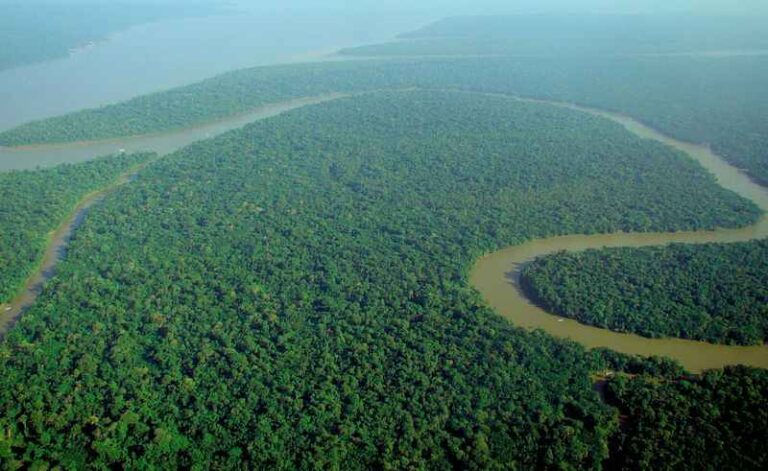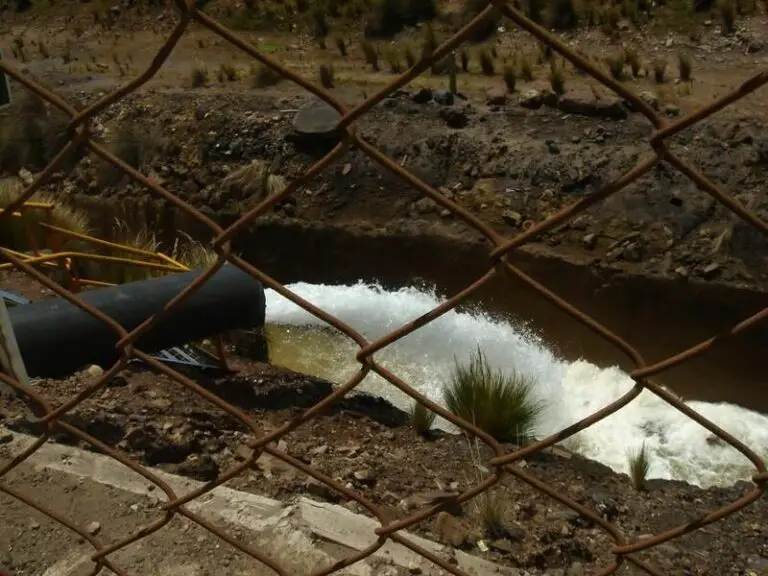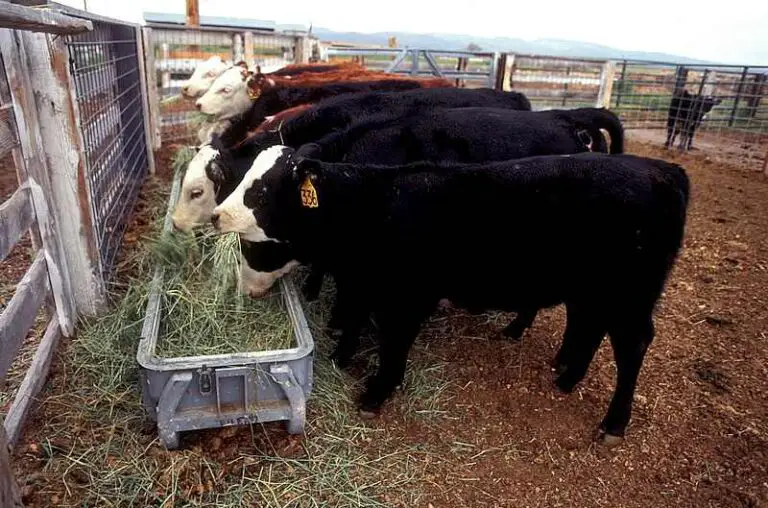5 Applications of Energy in Daily Life Explained
Applications of energy in daily life include; artificial lighting, vehicular transport, heating and cooling operations, home appliance usage, and pedestrian locomotion.
This article discusses the types of energy storage systems, as follows;
1). Artificial Lighting (as one of the Applications of Energy in Daily Life)
Artificial lighting is a major application of energy in daily life.
It is estimated that lighting is responsible for about 4% of total electricity consumption in the United States, in 2021 [3]. This includes office, residential, industrial, and street lighting systems.
The significance of artificial lights as a consumer of energy has increased with wider adoption of new technologies, and with the increase in scale of industrialization and urbanization, globally.
Artificial lights play a role in commerce and economic production, and have been the focus of various efforts to mitigate resource depletion and energy waste.
Energy conservation practices include the sustainable use of artificial lights, by limiting their operation to times and environments where natural light is insufficient.
Mitigating light pollution, which is one of the types of environmental pollution, also requires that artificial lighting should not be used excessively or in any way that could disrupt the equilibrium of the ecosystem.
Part of efforts to increase energy efficiency in artificial lighting includes the development and adoption of LED lights, which generally deliver better performance and consume less energy than incandescent lights [4].

2). Vehicular Transport
In vehicles, chemical energy from gasoline is converted to mechanical energy in the internal combustion engine, which is used to propel the entire system [7].
Vehicular transport is a major consumer of energy worldwide. Like artificial lighting, transport is very crucial for economic growth, and has become an indispensable aspect of everyday life.
The application of energy in transport has multiple challenges. Most of these are linked to the fact that vehicles are generally energy-intensive, and mostly depend on non-renewable energy resources like petroleum.
Vehicular transport is linked to various kinds of environmental degradation like greenhouse emission, global warming, oil spill, air quality reduction and climate change [2].
Efforts to establish sustainability in the transport sector have led to fuel-efficient engine modifications, introduction of optimized designs, conservative practices, and alternative technologies like electric cars, automobile fuel cells, and hybrid vehicles.
3). Heating and Cooling Operations (as one of the Applications of Energy in Daily Life)
Space heating and cooling is a combined application of energy for improving indoor air quality and ventilation.
It involves the use of Heating, Ventilation and Cooling (HVAC) systems in commercial and residential buildings (among others), and is a major source of electricity consumption in the building sector.
In heating and cooling, energy is used to alter the temperature conditions of a system. It is usually an energy-intensive process and is very susceptible to losses in the form of waste heat.
Efforts to make heating and cooling sustainable include energy recovery practices like the use of cogeneration systems to recover waste energy in large thermal facilities.
Aside space heating and cooling, other similar applications of energy in daily life include refrigeration and cooking.
4). Home Appliance Usage
Home appliance usage is one of the most common applications of energy in daily life.
Appliances that fall within this category include clothes driers, washing machines, refrigerators, and the aforementioned artificial lights and heating/cooling systems.
Among them, heating and cooling appliances are major consumers, accounting for nearly 50% of total power consumption by home appliances [5].
The amount of energy consumed by home appliances depends on the size or energy load of the appliances.
Energy storage with batteries can be used to optimize energy applications for home appliances, alongside renewable energy technologies like solar panels.

5). Pedestrian Locomotion (as one of the Applications of Energy in Daily Life)
Pedestrian locomotion represents a natural application of energy in daily life.
It occurs in all ecosystems, and involves a series of conversions of bioenergy to kinetic, mechanical, and thermal energy.
The amount of energy expended in pedestrian locomotion is directly proportional to the effectiveness or intensity of locomotion. Studies have shown that the rate of energy expenditure during pedestrian locomotion in insects, depends directly on their locomotive speed [1].
Energy can be recovered from pedestrian locomotion using piezoelectric sensors and conversion systems that use the mechanical pressure of locomotion to generate electricity [6].
Conclusion
Some applications of energy in daily life are;
1. Artificial Lighting
2. Vehicular Transport
3. Heating and Cooling Operations
4. Home Appliance Usage
5. Pedestrian Locomotion
References
1). Berrigan, D.; Lighton, J. (1994). “Energetics of Pedestrian Locomotion in Adult Male Blowflies, Protophormia terraenovae (Diptera: Calliphoridae).” Physiological Zoology. Available at: https://www.semanticscholar.org/paper/Energetics-of-Pedestrian-Locomotion-in-Adult-Male-Berrigan-Lighton/c2dcd5f8dc995736c2bd2da4f9a35720e376d54e. (Accessed 31 October 2022).
2). Čepeliauskaitė, G.; Keppner, B.; Simkute, Z.; Stasiskiene, Z.; Leuser, L.; Kalnina, L.; Andiņš, J.; Muiste, M. (2021). “Smart-Mobility Services for Climate Mitigation in Urban Areas: Case Studies of Baltic Countries and Germany.” Sustainability 13(8):4127. Available at: https://doi.org/10.3390/su13084127. (Accessed 31 October 2022).
3). EIA (2022). “How much electricity is used for lighting in the United States?” Available at: https://www.eia.gov/tools/faqs/faq.php?id=99&t=3. (Accessed 31 October 2022).
4). Jhunjhunwala, A.; Vasudevan, K.; Kaur, P.; Ramamurthi, B.; Kumaravel; Bitra, S.; Uppal, K. (2016). “Energy efficiency in lighting: AC vs DC LED lights.” 2016 First International Conference on Sustainable Green Buildings and Communities (SGBC). Available at: https://doi.org/10.1109/SGBC.2016.7936068. (Accessed 31 October 2022).
5). Korolija, I. (2011). “Heating, Ventilating and Air-conditioning System Energy Demand Coupling with Building Loads for Office Buildings.” Available at: https://doi.org/10.13140/2.1.4960.6408. (Accessed 31 October 2022).
6). Malki, Z.; Ennawaoui, C.; Hajjaji, A.; Najihi, I.; Eljouad, M.; Boughaleb, Y. (2020). “Pedestrian crossing system for the mechanical energy harvesting using piezoelectric materials.” IOP Conference Series Materials Science and Engineering 948(1):012030. Available at: https://doi.org/10.1088/1757-899X/948/1/012030. (Accessed 31 October 2022).
7). Rao, V. S.; Kurbet, S. N.; Kuppast, V. V. (2018). “A Review on Performance of the IC Engine Using Alternative Fuels.” Materials Today: Proceedings 5(1):1989-1996. Available at: https://doi.org/10.1016/j.matpr.2017.11.303. (Accessed 31 October 2022).




